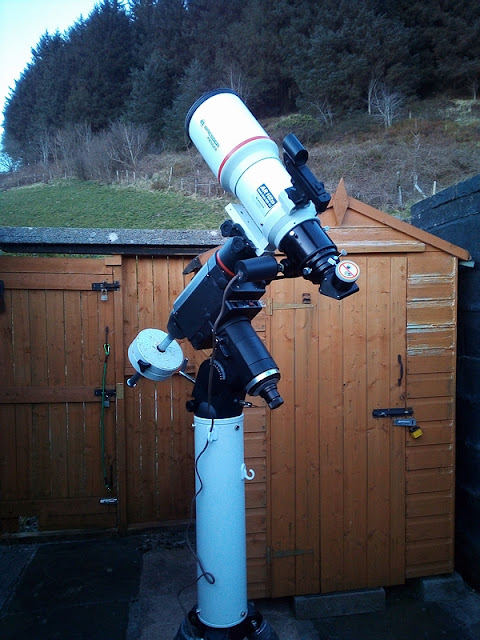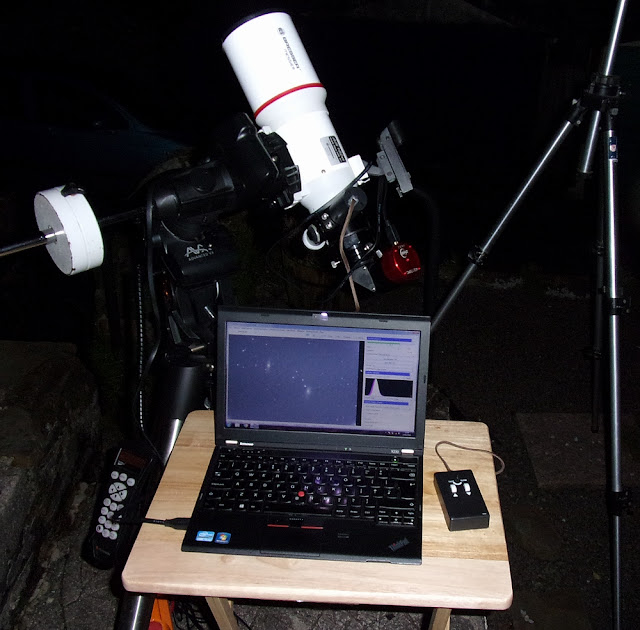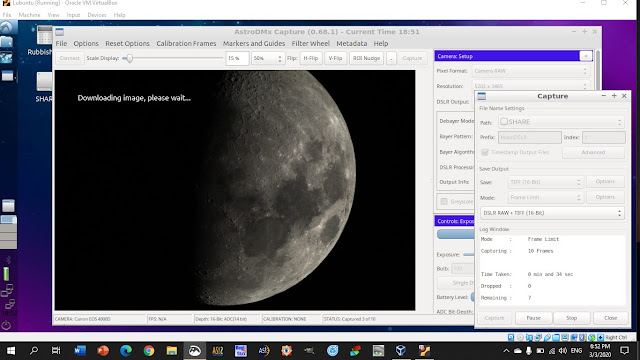I was recently reading an article by Jack Wallen in TechRepublic entitled ‘The rise of the Linux distribution-specific laptop’. The article is quite incisive and gave me cause to think about an issue that I have considered many times before, but this time in a different way.
Jack states that the average computer user has no idea what Linux is and suggests that if you make a post on Facebook or Twitter, the majority will just let it scroll by unless they are specifically searching for it. I think that they do know what Linux is in a sense, but they are just not interested. It doesn’t matter if you point out things like the high security of Linux systems, the huge customisability of the Desktop environment, they probably don’t even really know what a desktop environment is. they are just not interested, so they scroll on to the next post about rescuing cats or whatever.
The point is, you don’t purchase Linux, so you will take no notice of it if you come across it. Come to that, you don’t purchase macOS, Chrome OS or even Windows (unless you are building your own machine and intend to install Windows on it).
What you do buy is a computer, more than likely a laptop, and that Laptop will have Windows, macOS or Chrome OS already installed on it. You just buy it and use it.
There is a growing number of users of Chrome OS. Chrome OS does most things in a browser (Chrome) and is quintessentially a cloud-based computer, which might suit some, but which would be of rather less value to an astronomer who will usually be doing cloud-resistant computing such as image capture and processing. Most Chrome OS users may not even know that their OS is based on the Linux kernel, although they may be aware that on the newer Chromebooks, they can, by using a virtualisation system called Crostini, run many Linux apps. (I hate that term ‘App’; it trivialises the application to which it refers. The application could contain scores of hundreds of lines of code, but all of this is transparent to the user of the ‘app’). Since 2016, Chromebooks have also been able to run Android apps although not all Android apps are suitable for use with a keyboard and mouse (trackpad), as they were designed to be used with touch screens. The users may also be unaware that Android also has the Linux kernel at its heart. The first Chromebooks were underpowered and cheap devices, but now some are more powerful and commensurately priced. You just buy a Chromebook and you just use it.
MacOS is UNIX (so is Linux in all but name, in fact, there are two CentOS Linux based Linux distributions that actually have UNIX certification). So, it may not come as a surprise to find that under the hood, in many ways, macOS and Linux are very similar, particularly when using the command line to perform tasks. There are differences between macOS and Linux because macOS has its own XNU kernel. However, you don’t go out and buy macOS, you buy a MacBook or an iMac. You don’t think about the desktop environment because you are stuck with whatever macOS provides, which is quite nice to use. You buy it and you just use it.
The same goes for Windows. When you buy a Windows computer, a component of the price is for the Windows operating system, but you don’t consider that, you just look at the specs, the build quality and the price to make your decision. You are stuck with the Windows desktop environment. You even, like with macOS, have the ability to use virtual desktops or workspaces that help with your workflow (although many Windows users are unaware of how to get at their virtual desktops, or even that they exist!). You go out and buy the computer that has the Windows operating system and you just use it. Sounds familiar?
Nowhere in the above discussion have we talked about going out and buying Linux. Linux, or more correctly GNU/Linux is an operating system (as are Windows, macOS and Chrome OS) The only way that there can be a level playing field is if you can go out and buy a computer that has a Linux distribution operating system already on it, so you can buy it and just use it; just like any of the other systems.
Now you
can go out (or go online and buy a Linux laptop or desktop machine, even on Amazon!). Linux computers are not for computer specialists or nerds! They are for ordinary computer users, just like the others. There are thousands of free programs of exceptional quality available for easy download and installation. Moreover, because of the Wine system, many Windows programs can be run in Linux. There are great Linux communities online, so most problems can be solved by simply Googling; not that, in day-to-day computing, problems arise very often. Unlike Windows or macOS, there is a wide range of desktop environments to choose from, although each distribution comes with a given desktop as standard. You can choose a desktop environment that resembles Windows or macOS, or others completely different. The desktop is where you work, so it is important to use one that suits you best. Then, virtual desktops or workspaces are just there and not hidden away like some afterthought. You can change Linux distribution any time you want. They are all free!
The Linux laptops and desktop computers are now liberating Linux from being an operating system looking for a computer. It is now a computer system you can buy like any other, only arguably better. Some companies like HP and Dell have for some time offered Linux laptops, but for some reason, have done virtually no advertising; you have to go searching for them. However, there are other companies that have made their business providing high quality Linux computers. One such company is Juno Computers which offers first rate Linux laptops across the price range. Another is Star Labs offering high quality laptops with a choice of Linux, and yet another is the KDE Slimbook. System 76 provide top of the range laptops. Then there is the Penguin M3 GNU/Linux laptop. The Chinese company Huawei which has been the centre of some controversy if offering high end Linux laptops, although not as expensive as MacBooks. Huawei is one of the two Chinese companies to have had their in-house Linux distribution certified as UNIX. Pinebooks have been ridiculously low priced, low spec Linux laptops. This list is not exhaustive. Then there are other companies such as the UK PCSpecialist and others, who build high quality laptops over the whole price range, that can be purchased without an operating system. This means that the cost of Windows is deducted from the total cost. You can install Linux on such a machine without ‘wasting’ a Windows OS. This article is being written on such a computer running Fedora Linux and using MS Office Online.
Linux Laptops are starting to make a foray into the Laptop marketplace. The more they are marketed, the more they will become popular and all of the unjustifiable myths about Linux being hard will be dispelled once and for all. Up until Jun11th 2011, no-one had ever heard of a Chromebook, but marketing has made them popular; marketing, nothing more or less. People have been persuaded by marketing (by Google, whose parent company Alphabet, overtook Apple in 2019 to become the most cash rich company in the world). With this kind of marketing power, they could ‘sell coal to Newcastle’. It follows that Linux laptop computer companies will struggle to compete in marketing and that notwithstanding the ‘subtle’ pressure from Microsoft with respect to their OEM licencing if they also produce Windows laptops. Nevertheless, advertising and ‘word of mouth’ will gradually spread the message.
Now that Linux laptops are here and for sale, the Rubicon has been crossed. As Caesar said, ‘The die is cast’, and that die will shape the future of laptop and desktop operating systems. The Cloud, the Internet, telescopes and Hadron colliders are all controlled by Linux. Soon Linux will take its place among the pantheon of desktop and laptop operating systems, maybe at the head!
When I started to write this article, I was put in mind of one of my earliest and finest research students, the late Dr, David Stanley Chase. He told me that he wanted his research to be the best. I told him that it was good and if it got him his PhD, that would be fine for starters. His response was: ‘Nah, there are winners and all the rest!’ Well, there is Linux and all the rest!
















































